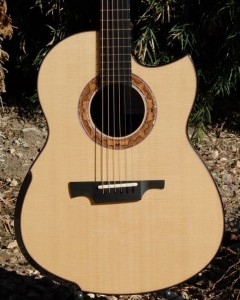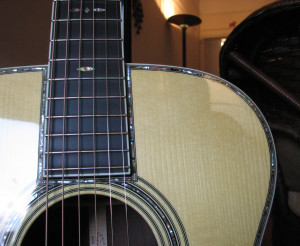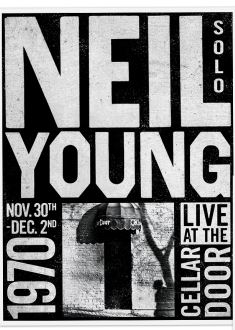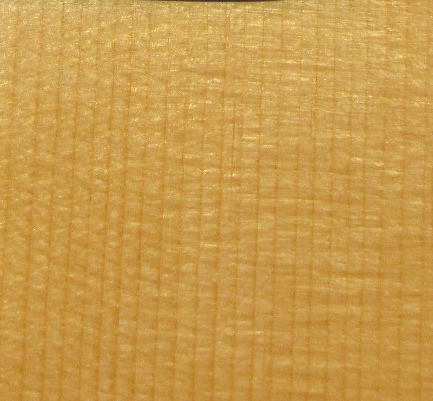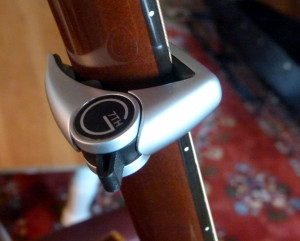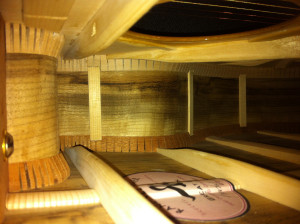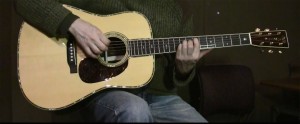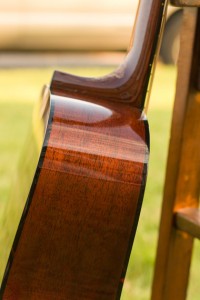Readers Guitar Photos
We are pleased to present a new feature, a gallery of readers guitar photos
As more and more people send us photos of their guitars, to use with our reviews, or simply to tell us about a new guitar they have purchased, we will begin to share them in our gallery dedicated to readers guitar photos.
We just got some great shots from a new reader in Malaysia, who has purchased a guitar built by Québécois luthier Michael Greenfield which we are using to christen the new photo gallery
We will continue to add photos to the gallery as time allows. Please feel free to share your guitar photos with us by sending them via email to oneman@onemanz.com
We never grow tired of looking at great guitars made from great woods.
And that is one man’s word on…
Readers Guitar Photos, the new gallery at One Man’s Guitar
